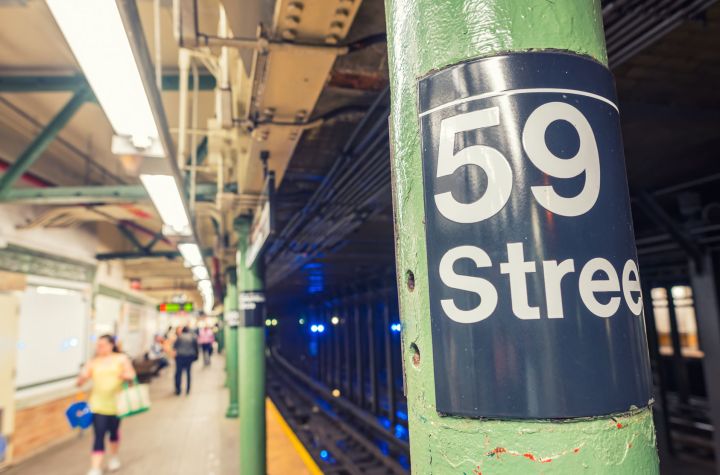
All four major cellular service carriers, including AT&T, Sprint, T-Mobile, and Verizon Wireless, now have coverage in the Metropolitan Transit Authority (MTA) underground stations, one year ahead of schedule. Wi-Fi had originally been scheduled for completion by the end of 2018. The Governor’s office said the early service availability happened because of an early 2016 directive from the Governor to speed up the two projects.
MTA Chairman and CEO Thomas F. Prendergast said, “Connectivity is a big deal for our customers, and we’re thrilled to be delivering these vital services so far ahead of schedule.
Thanking everyone involved, Governor Cuomo said, ““By bringing Wi-Fi and cell service underground ahead of schedule, we are reimagining our subway stations to meet the needs of the next generation. This will better connect New Yorkers who are on-the-go and build on our vision to reimagine the country’s busiest transportation network for the future.”
The project didn’t cost taxpayers or subway riders. Transit Wireless has a 27-year contract with the Metropolitan Transit Authority to design, build, operate, and maintain both W-Fi and cellular connectivity in the underground subway stations. The project cost Transit Wireless more than $300 million, which it will recoup with revenues from the network services. The revenues will be shared with the MTA.
Most underground stations had already been completed in 2016, with the final stations, Clark Street on the 2 and 3 line in Brooklyn, going live today. Stations currently under full renovation will go live when their renovations are completed.
According to Transit Wireless CEO William A. Bayne, “It has been an exciting challenge to build a modern technology infrastructure within a subway system that is over 100 years old, on behalf of the Transit Wireless organization, we are proud be part of such a unique accomplishment.”
Editors' Recommendations
- Watch Tesla’s Cybertruck cruise the streets of New York City
- New York City turns to remote learning as it shuts schools due to coronavirus
- FedEx’s autonomous delivery robot sent packing by New York City
- Hail a cab in New York City soon and you might step into a Tesla
- Verizon is bringing its 5G service to parts of New York City




